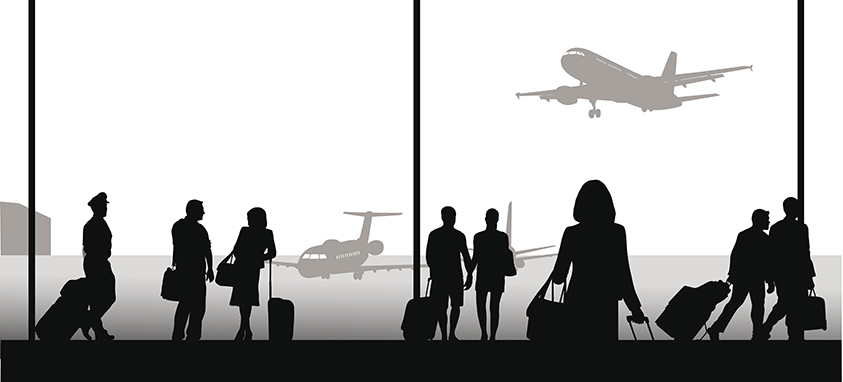In his standup, comedian Louis CK reminisces on his first experience with in-flight Wi-Fi.
“It’s fast, and I’m watching YouTube clips. It’s amazing—I’m on an airplane! And then it breaks down. And they apologize, the Internet’s not working. And the guy next to me goes, ‘This is bull…’ I mean, how quickly does the world owe him something that he knew existed only 10 seconds ago?”
Well, this was only the beginning. Airlines have noticed that when passengers are denied technology to which they feel entitled, they get very frustrated. And it seems that in-flight Wi-Fi has transitioned from being a luxury to an expected standard.
Routehappy, an airline content platform, released a study on the phenomenon’s current state. The report is based on an analysis of all flights worldwide that have at least a chance of Wi-Fi. More than 70 airlines qualified.
Here are the big shocks and awes from the Routehappy report.
Note: Available Seat Miles (ASM) is a standard measure of an airline’s passenger carrying capacity. To calculate it, the number of available seats for sale is multiplied by the number of miles flown.
- 83 percent of U.S. airlines offer a chance at having Wi-Fi on any given flight.
- For non-U.S. airlines, 28 percent offer a chance at having Wi-Fi on any given flight.
- Delta, Emirates and United have the highest percentage of ASM with Wi-Fi connectivity.
- An additional 11 airlines began offering Wi-Fi since last year.
- Seven airlines now offer Wi-Fi on all long-haul flights, compared to only one in 2016.
- Last year, Virgin America was the only airline to provide 100 percent of its seats with Wi-Fi.
- Etihad, Iberia, Singapore’s Scoot and Icelandair now provide Wi-Fi on 100 percent of their flights.
- JetBlue offers Wi-Fi on 100 percent of its flights within the contiguous United States.
- Emirates, Lufthansa and United are the top airlines for offering Wi-Fi on long-haul flights.
- Emirates leads with almost double the available ASM with a chance of having Wi-Fi aboard.
- Overall, 39 percent of ASM worldwide have a chance of a Wi-Fi equipped flight—an 8 percent increase from last year.




